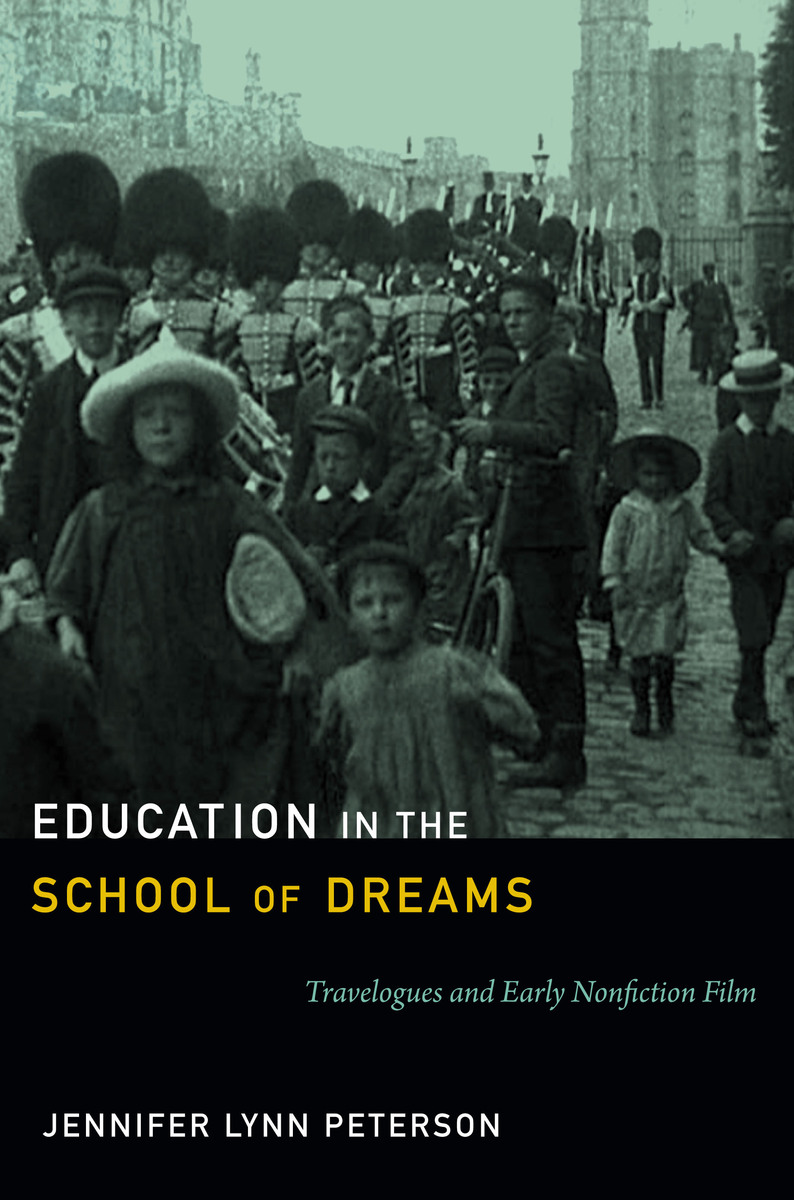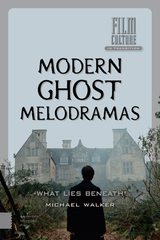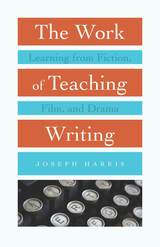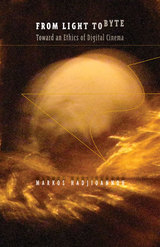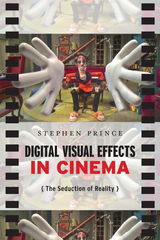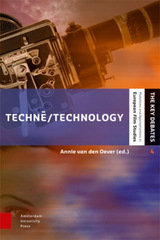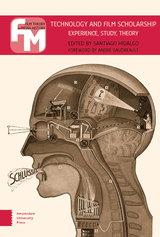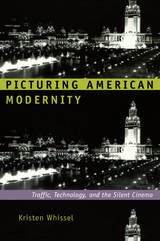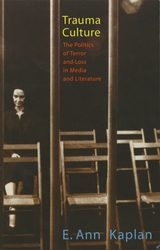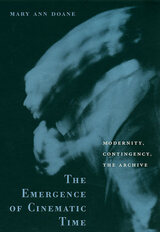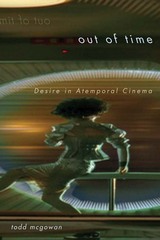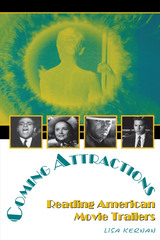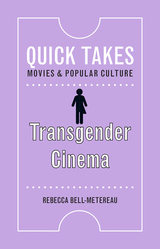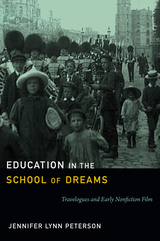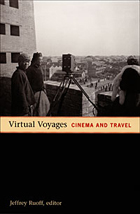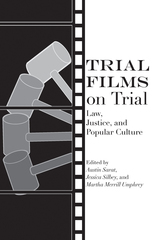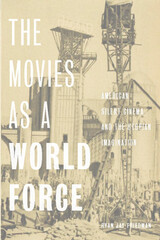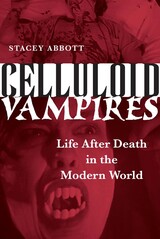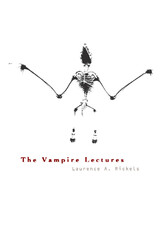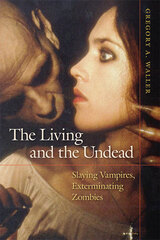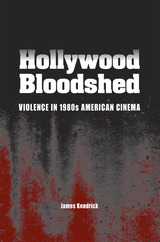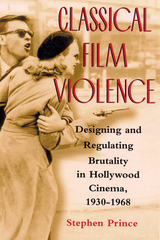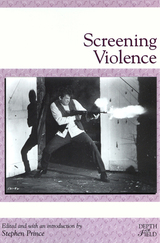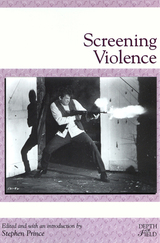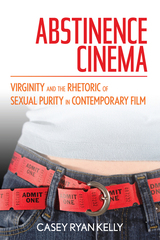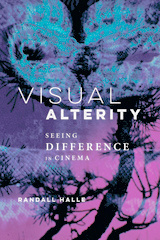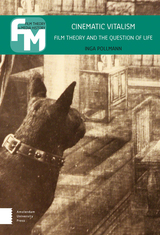"Education in the School of Dreams is an outstanding book written by one of the smartest scholars of early cinema. Jennifer Lynn Peterson brings the aesthetic beauty and ideological complexity of the film travelogue to life on every page. She asks the right questions of these films and their viewing contexts and offers theoretically sophisticated answers that will have an impact on historians of travel writing, geography, visual education, and the social sciences."—Alison Griffiths, author of Shivers Down Your Spine: Cinema, Museums, and the Immersive View
"Jennifer Lynn Peterson brings an imaginative scholarship to a much-needed study of a genre pervasive in popular cinema of its time yet unjustly ignored by film historians as presumably mundane. Education in the School of Dreams reveals that travelogues still have much to teach us about how the world was perceived and visually reproduced in the early decades of cinema. Peterson shows how such films not only deal with travel per se, but engage significant concepts, including nature, aesthetics, transportation, modernity, and popular and formal education. Peterson's research is both deep and broad, offering a truly impressive examination of hundreds of movies demanding our reconsideration."—Dan Streible, author of Learning with the Lights Off: A Reader in Educational Film
“For early cinema scholars, it comes as a valuable contribution…. At the same time, in what can be seen as a rare achievement for as scholarly work, this book can be easily read and enjoyed by a nonacademic audience who will surely appreciate the use of historical anecdotes, colorful stories, and the commitment to a clear, lucid prose style that avoids excessive use of academic terminology.”
-- Neta Alexander Film Quarterly
“This will be a ‘must read’ for the serious student of film and its influence on today’s media.”
-- Thea Biesheuvel M/C Reviews
“...this is a carefully researched, richly detailed examination of a time long past when the world came to us at the movies, if only in images on the silver screen...Highly recommended.”
-- W. W. Dixon Choice
“Education in the School of Dreams, thoroughly researched and engagingly illustrated, insightfully examines a neglected staple of the early film industry; foregrounds provocative issues pertaining to reality, ideology, and vicarious experience; and restores travelogues to their rightful place in the complex history of cinema.”
-- Jeffrey Mifflin Early Popular Visual Culture
"Peterson's deep textual analysis . . . borders on brilliant . . . Education in the School of Dreams is a must-read for scholars of early cinema or for those working in late nineteenth- or early twentieth-century popular culture."
-- Gerald R. Butters Jr. Journal of American History
